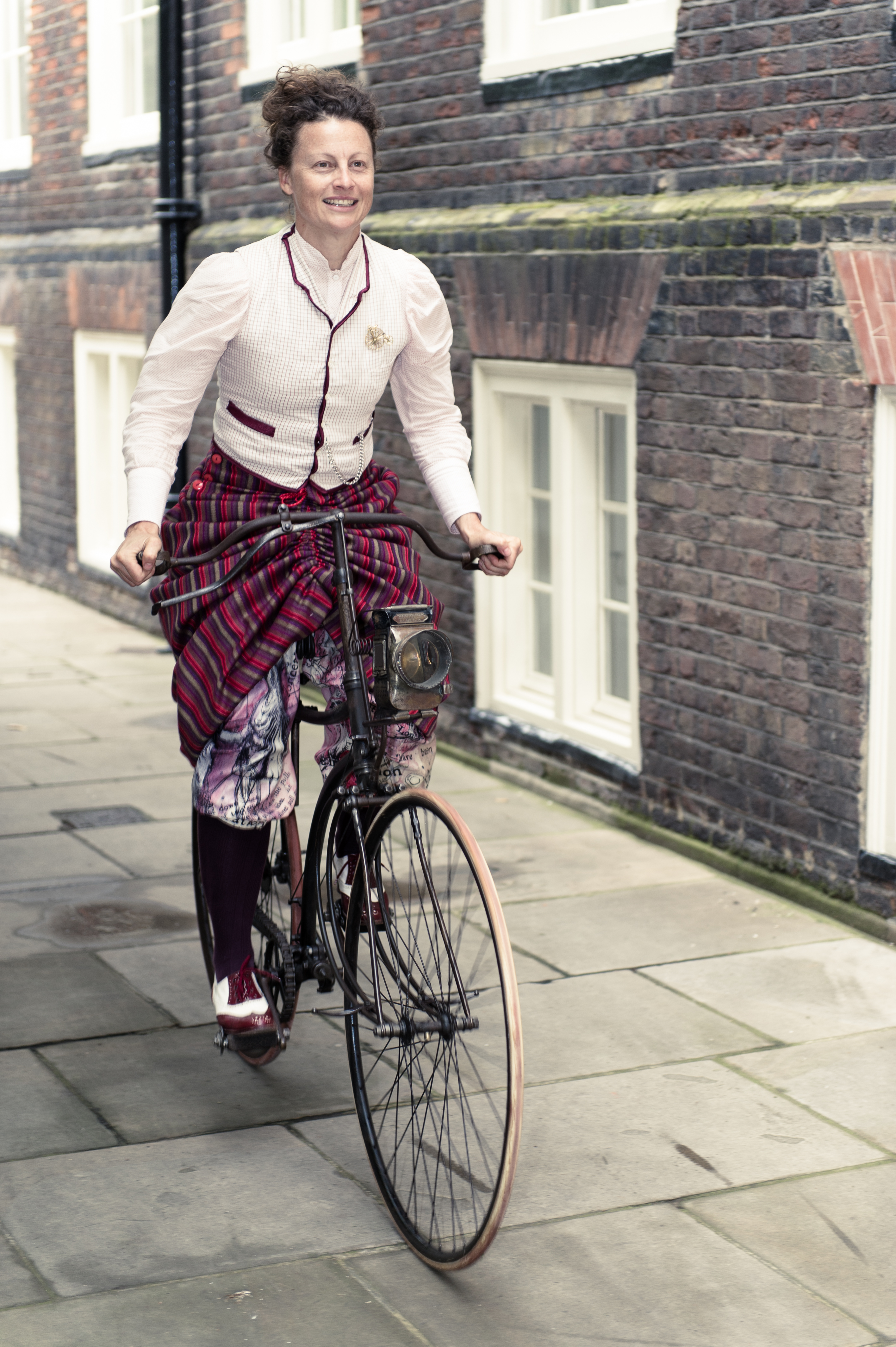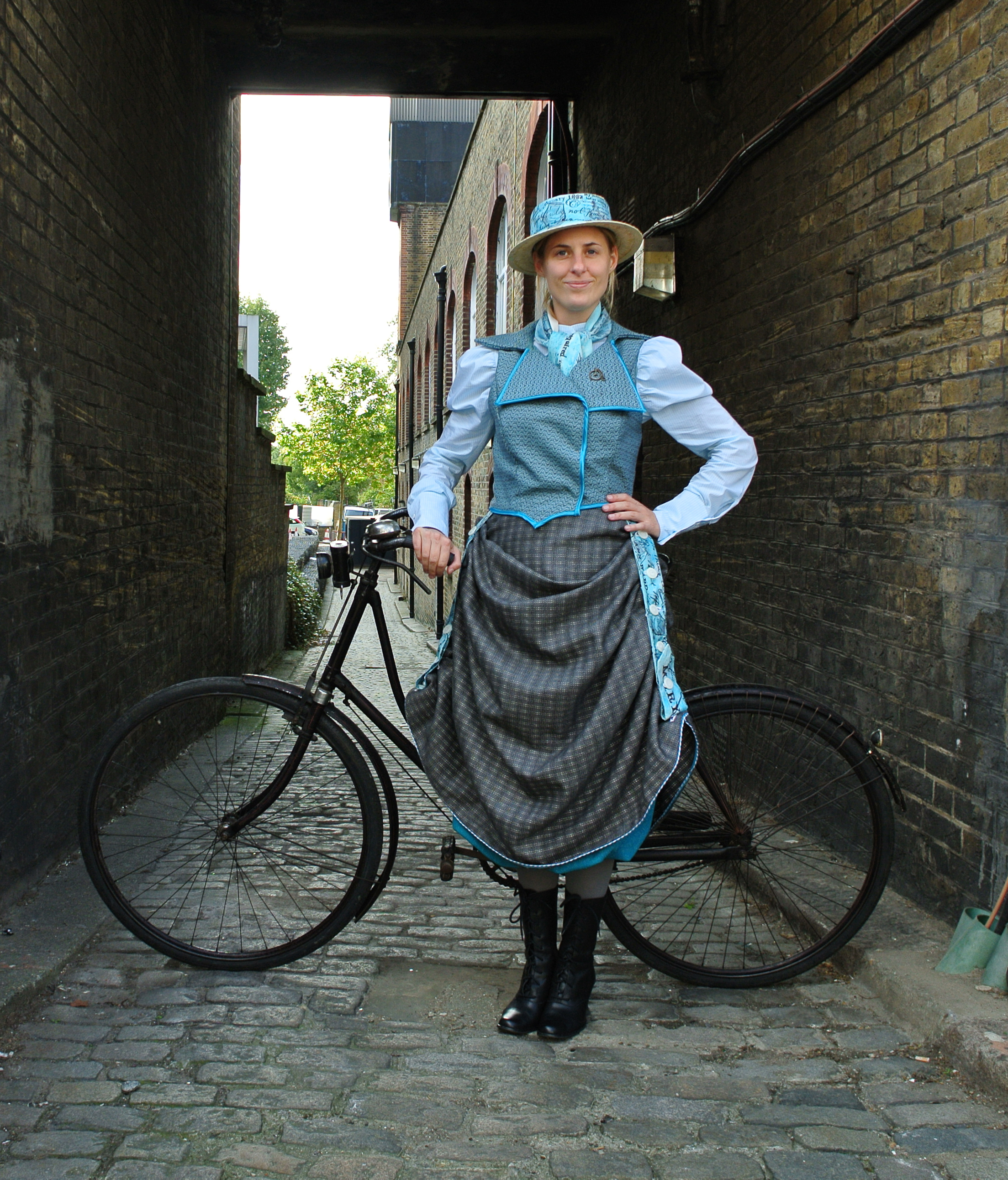
Victorian female cyclists developed convertible skirts to tackle social barriers, according to an academic.
A number of inventive women designed garments to combat restrictive ideas about how they should act and travel in public, sociology expert Dr Kat Jungnickel said.
Conventional late nineteenth century fashions were uncomfortable and dangerous on a bike and it was not uncommon for onlookers to hurl abuse and stones at cyclists, she explained.
Dr Jungnickel, a senior lecturer at Goldsmiths, University of London, said convertible skirts allowed women to secretly switch between their walking and cycling identities without being harassed.
Alice Bygrave, a dressmaker from Brixton, south London, registered patents for a skirt with a dual pulley system sewn into its seams.

Other designs from the era include a three-part cycling suit with a concealed system of loops and buttons to elevate the skirt, and a garment known as the Hyde Park Safety Skirt which gathered fabric at intervals by a series of side buttons.
Dr Jungnickel recreated some of the designs in research for her new book Bikes and Bloomers.
She said the outfits contributed to a boom in women’s cycling.

“Women responded to the social, material and technical challenges to their freedom of movement with vivid creativity,” Dr Jungnickel said.
“They actively and directly worked with and around barriers that sought to prevent them from cycling and engaging more broadly in public life.
“Their designs offered the means for women to move independently, un-chaperoned, safely and at speed, and through patenting forged new paths into social, cultural and economic worlds.”


Comments: Our rules
We want our comments to be a lively and valuable part of our community - a place where readers can debate and engage with the most important local issues. The ability to comment on our stories is a privilege, not a right, however, and that privilege may be withdrawn if it is abused or misused.
Please report any comments that break our rules.
Read the rules here